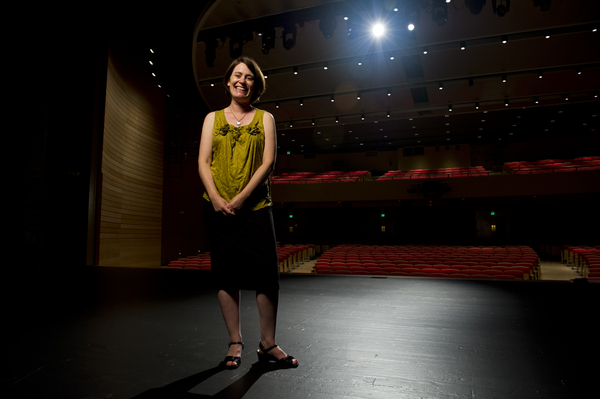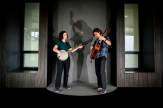An encore for opera’s prima donnas

Even the uninitiated knows the names of opera’s greatest composers: Wagner. Verdi. Puccini. The list goes on and on.
But an equally important force in shaping the art form has been overlooked and even diminished to inaccurate caricatures, according to Hilary Poriss, associate professor of music in the College of Arts, Media and Design.

“The Arts of the Prima Donna in the Long Nineteenth Century” was co-edited by Northeastern’s Hilary Poriss.
Poriss has co-edited a book on the role of opera’s leading female performer, the prima donna, in shaping not only some of the most famous operas of the 19th and 20th centuries but also their world at large.
“These women have been so maligned by history that even the term has lost its meaning,” said Poriss, who edited “The Arts of the Prima Donna in the Long Nineteenth Century” with Rachel Cowgill, a professor of music at Cardiff University in Wales. “Now when we think of a prima donna, we think of these self-interested divas, which is not what these women were all about.”
In the 19th century, opera ranked near the top of the list of the world’s most popular entertainment mediums, encouraging prima donnas to vie for roles that made them look good for large audiences. Unsurprisingly, prima donnas played active roles in shaping their performances and were easily among the most famous figures of their day.
Prima donnas, Poriss explained, have become a key part of opera’s success across genres, including satire in Mozart’s “Der Schauspieldirektor; tragedy in Puccini’s Tosca; and as a metaphor for human frailty in Rufus Wainwright’s “Prima Donna.”
“For some, the prima donna has come to stand for opera,” Poriss and Cowgill wrote in the book’s introduction. “Others have resisted her allure as a tawdry distraction from ‘proper’ attention to the arts of the composer, and it would not be an exaggeration to suggest that the influence of the latter view has long been felt within opera scholarship.”
Poriss wrote a chapter of the book in which she explains how the prima donna has used her star power to benefit the community. Poriss opens the chapter with an anecdote about prima donna Jenny Lind, a singer whose devotion to charitable causes prompted some of her contemporaries to label her a bore. The fictional composer Paul Brandt, a character in a 1930 film about Lind called “A Lady’s Morals,” was no exception.
“Your virtue has become legend. You are, perhaps, the most conspicuously pure woman of our times,” Brandt said. “And I must confess, I find it rather depressing.”
Poriss acknowledged that much of the myth surrounding the benevolence of prima donnas has been exaggerated, but not fabricated. These women did indeed use their position in society to help the less fortunate.
“There is far more to these women than we have remembered,” Poriss said. “These are women who shaped opera as we know it today.”




